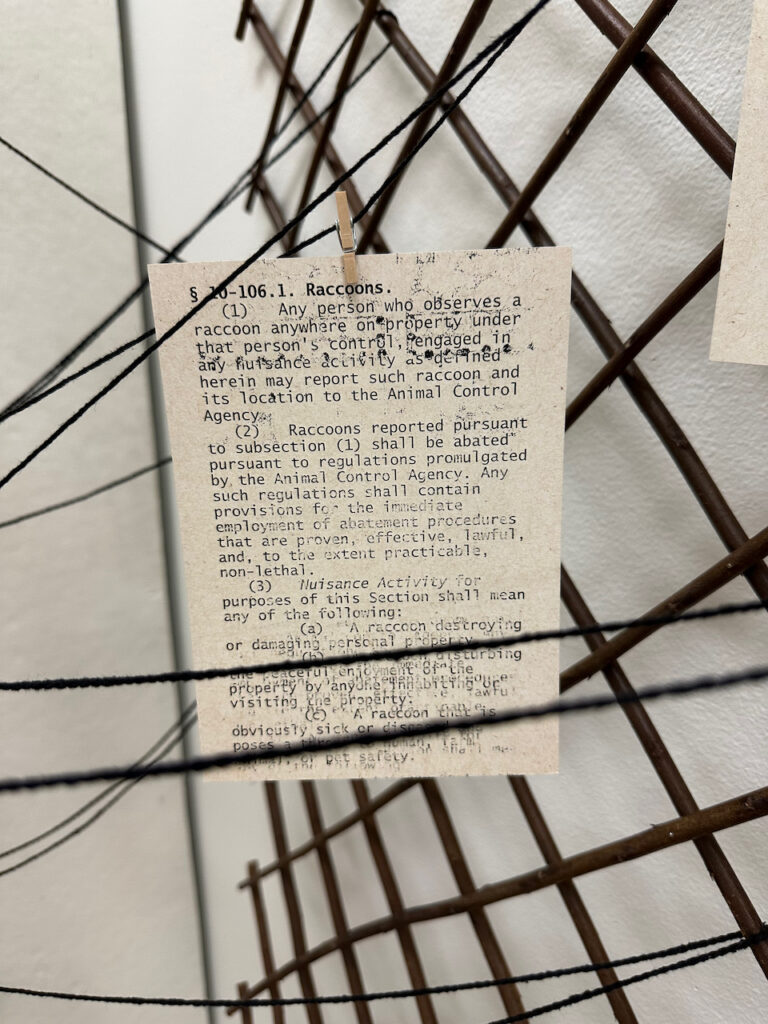
The Multispecies Metropolis: A Photo Archive of a Student Design Exhibition
Whether domesticated or wild, nonhuman animals visibly and invisibly inhabit spaces made by human architects, for human occupants, or at least to satisfy human needs. Implicit in the design of these spaces–spaces like the home, the barn, the laboratory, and the office–are cultural norms about which species may abide in them, and how. Animals that transgress the geographies we imagine often become pests to be managed, vermin to be exterminated. Architecture reinforces these boundaries of meaning and matter. Physically and metaphysically, it walls off the animal from the human. As Terike Haapoja (2023) writes, “It is the cage that constructs the nonhuman, and the human outside the cage.”
In the spring of 2023, students in my seminar-studio course “Space/Power/Species” pursued a speculative design project that interrogated how we make, or do not make, space for the other animals that dwell alongside us. Over the semester, University of Pennsylvania students from the School of Arts and Sciences and the Weitzman School of Design first conducted ethnographic fieldwork across Philadelphia to observe how the built environment shapes our encounters with animals, scaffolding relations between species within social structures of race, class, and ability. Informed by this research, students then envisioned and prototyped interventions that would invite alternative forms of life with nonhuman lifeforms. At the end of the semester, they showcased their imaginary architectures at a one-night, pop-up exhibition that we called The Multispecies Metropolis.
By displaying these architectures for animals to the university community, we hoped to start a dialogue about design justice in a more-than-human register. For whom do we build? How does design affect the animals we live among? And how can architects materialize cities that are more environmentally just? As climate change and other forces of habitat loss continue to deprive animals of land and sea and sky, the nine projects featured below are provocations to think past the dominant paradigm of human-centered design. The Multispecies Metropolis was a description of the here-and-now as much as it was a rendition, or a rendering, of architectural futures-to-come.
Gallery
Biography
I am an anthropologist of design and multispecies ethnographer at the University of Rochester, where I study the environmental politics of architecture in the United States. You can learn more about my research and teaching at www.richardfadok.com. An article about this course is forthcoming in the August 2024 issue of Teaching and Learning Anthropology.
Credit
All photographs were taken by Gayoung Lee and reproduced here with her permission.
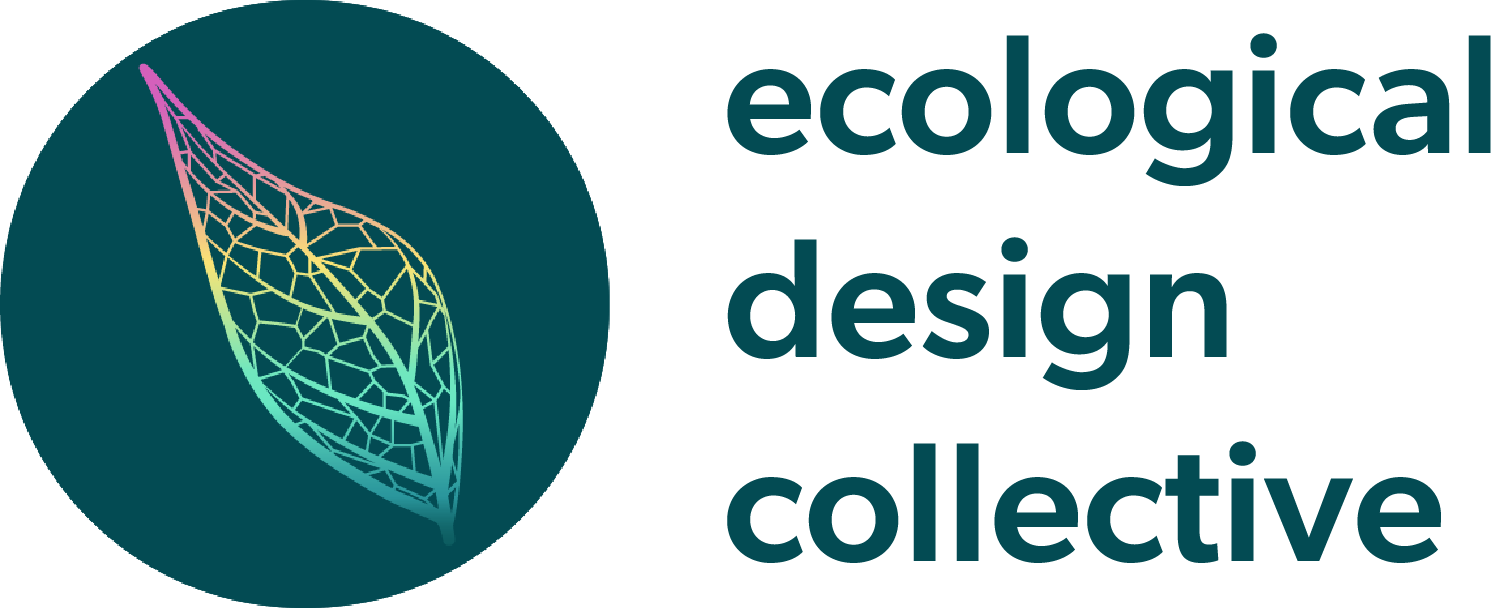
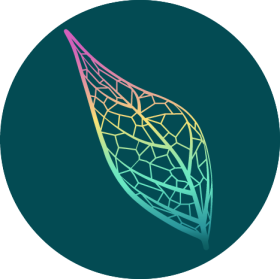
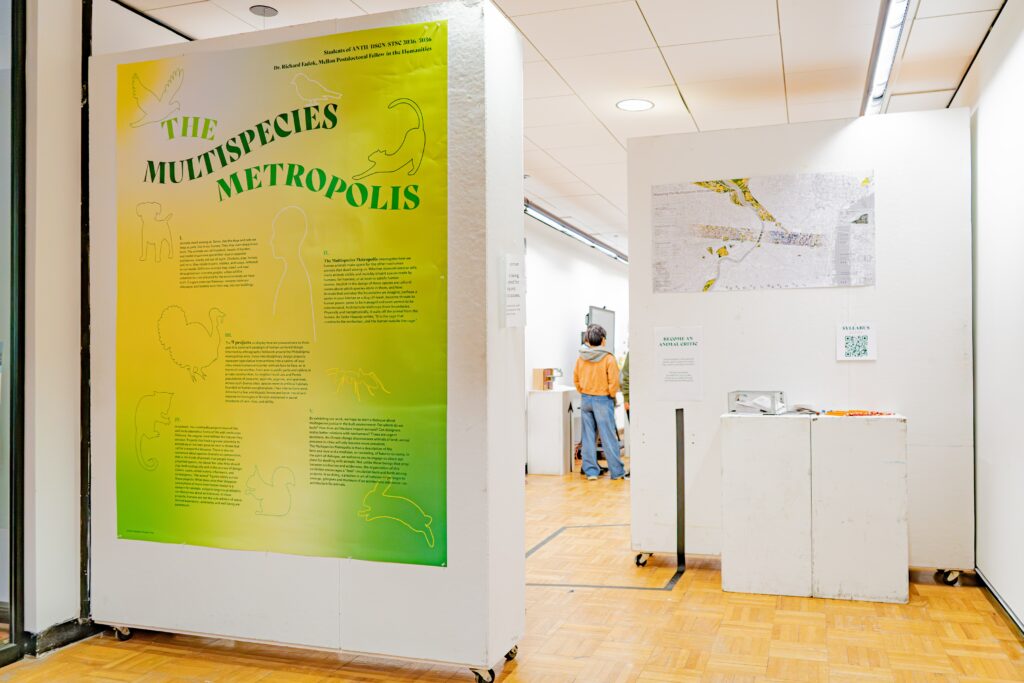
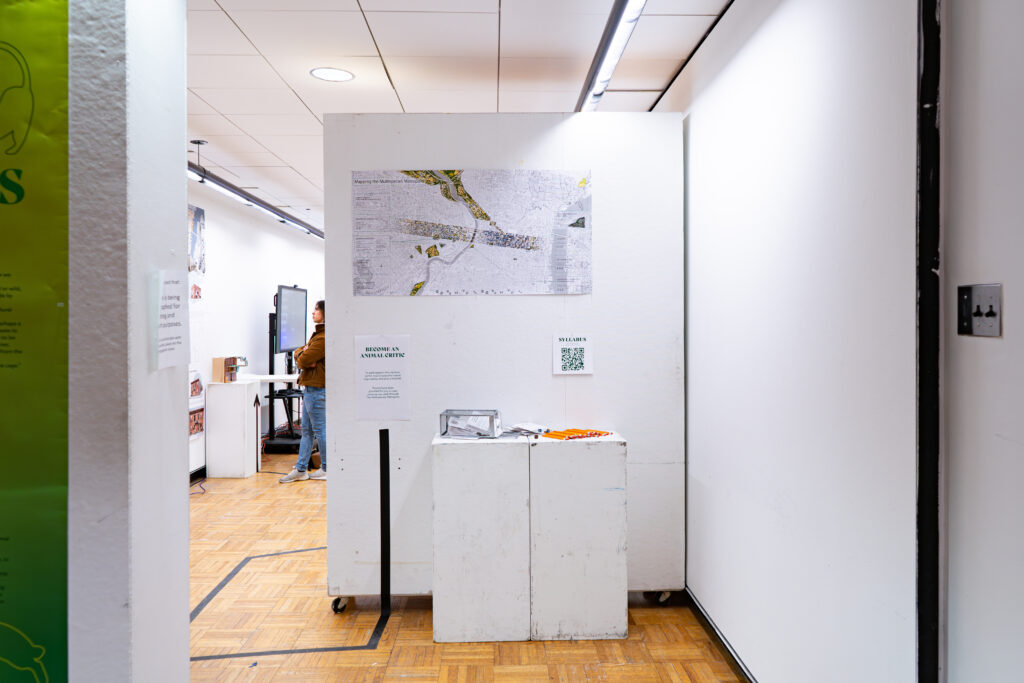
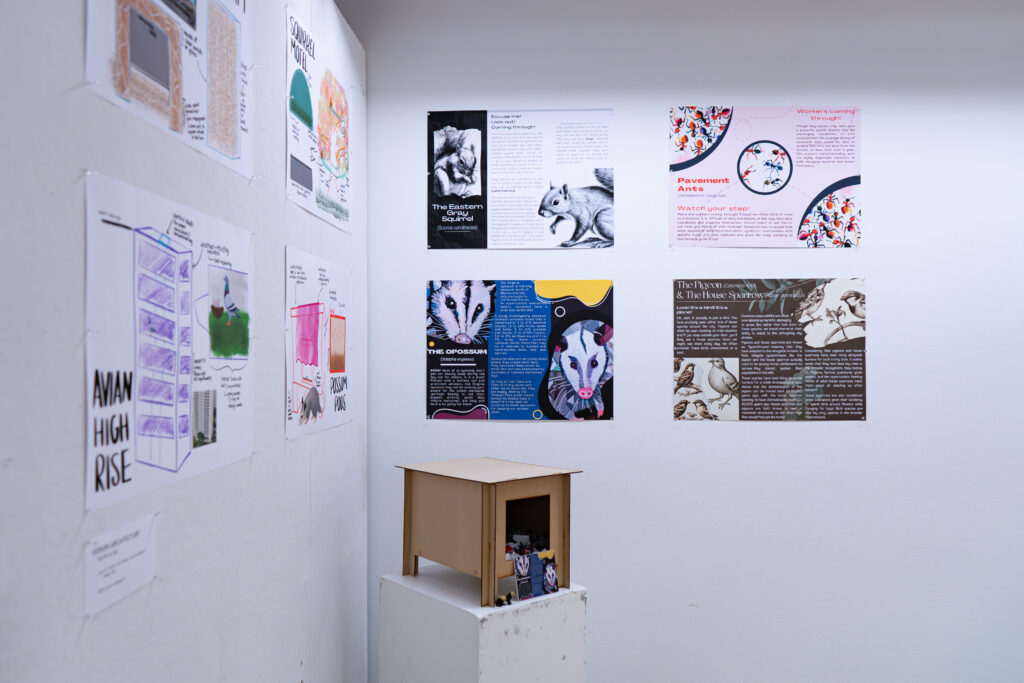
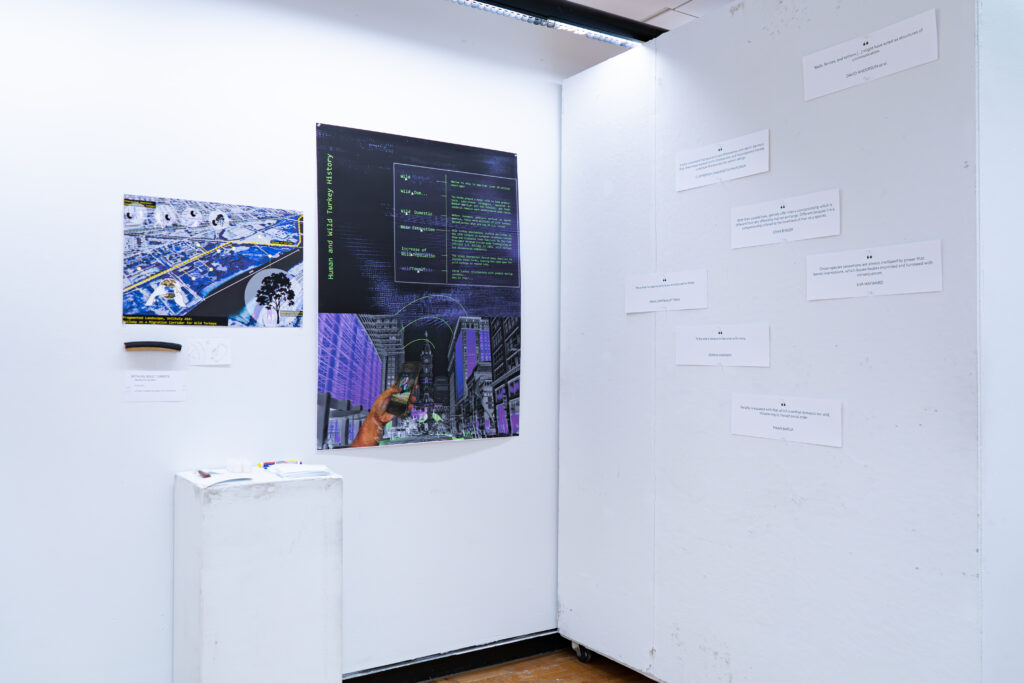
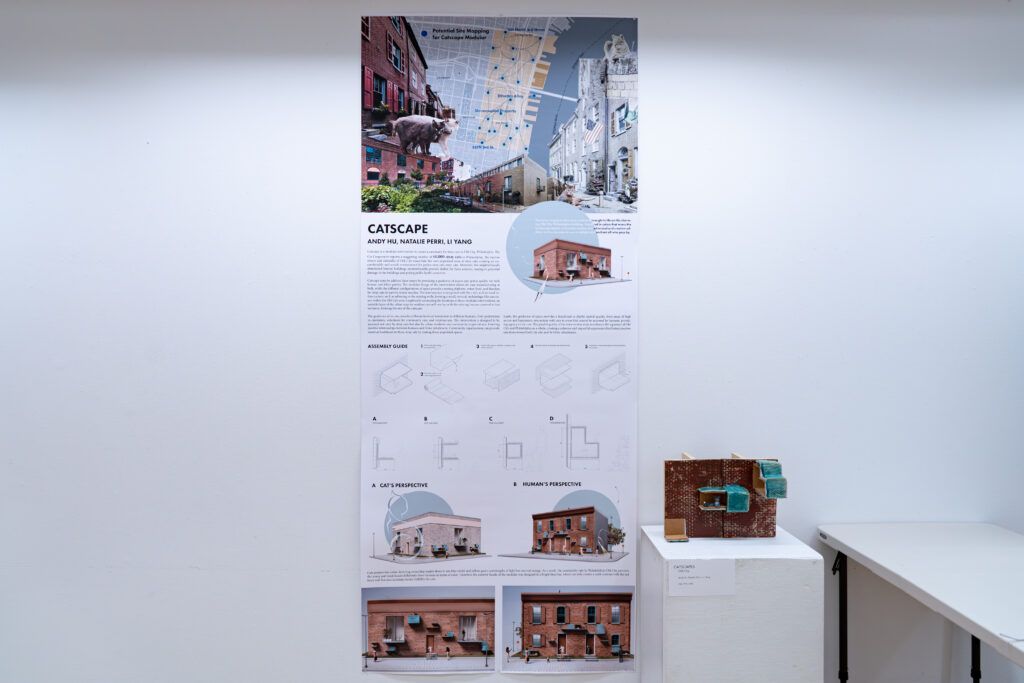

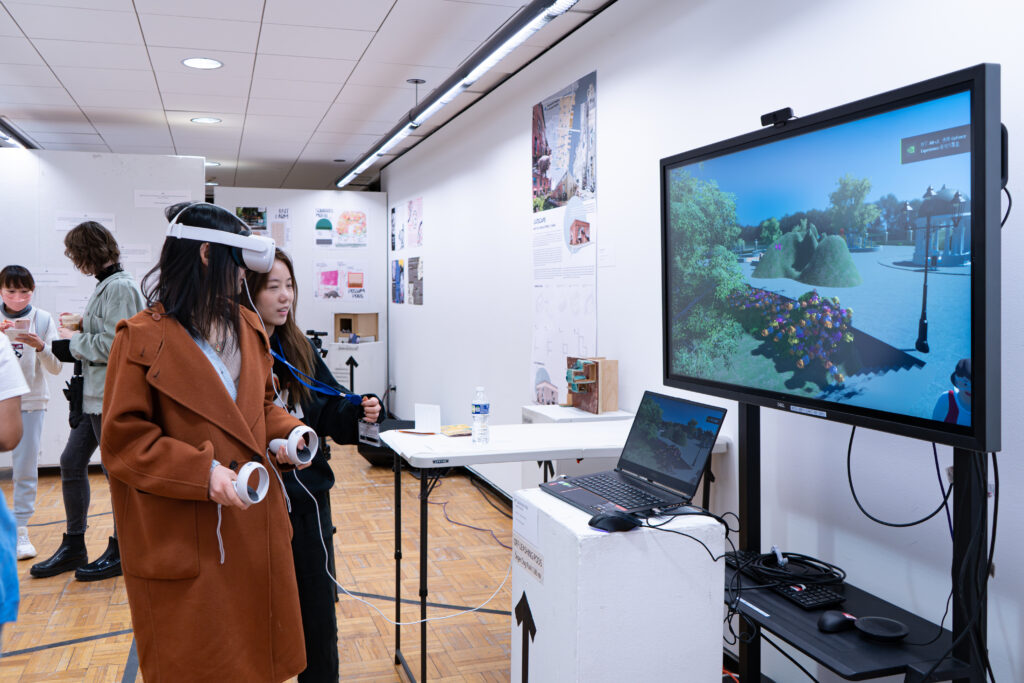
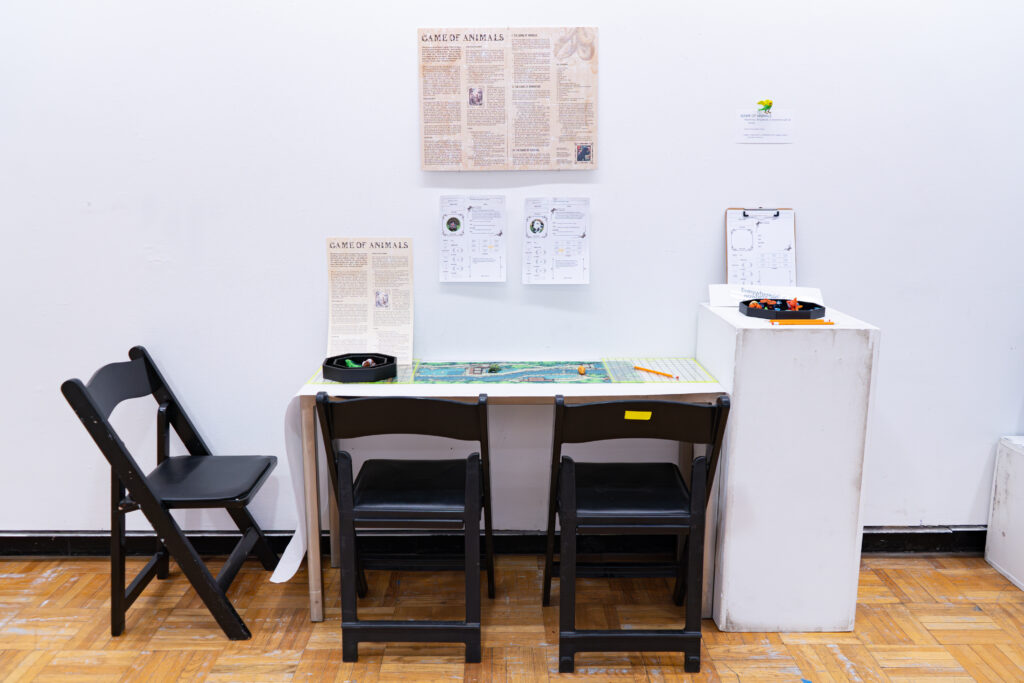
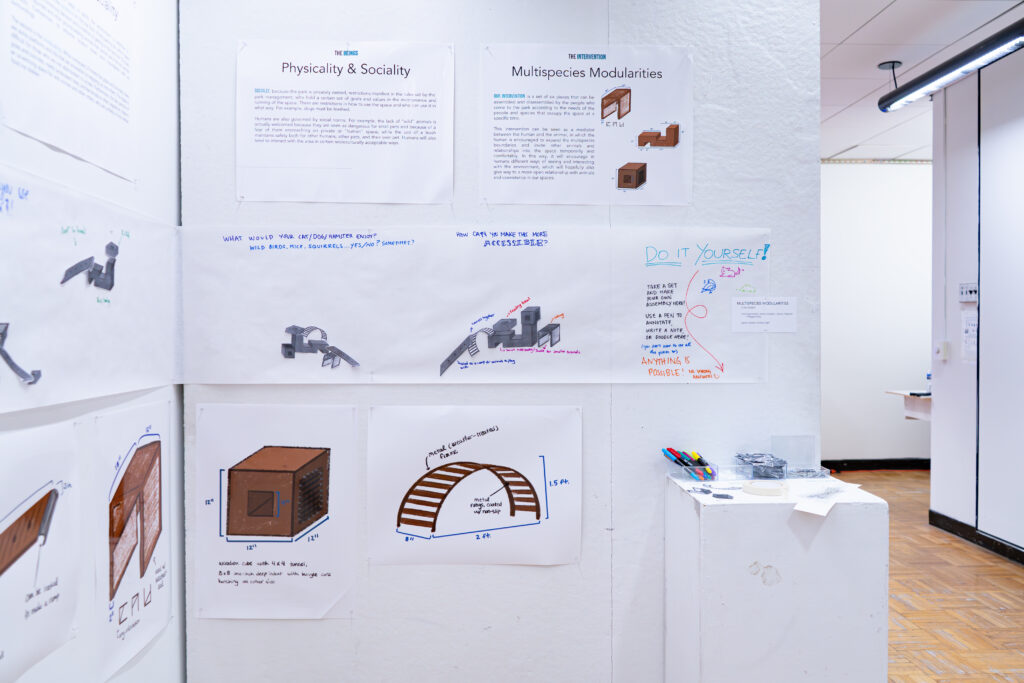
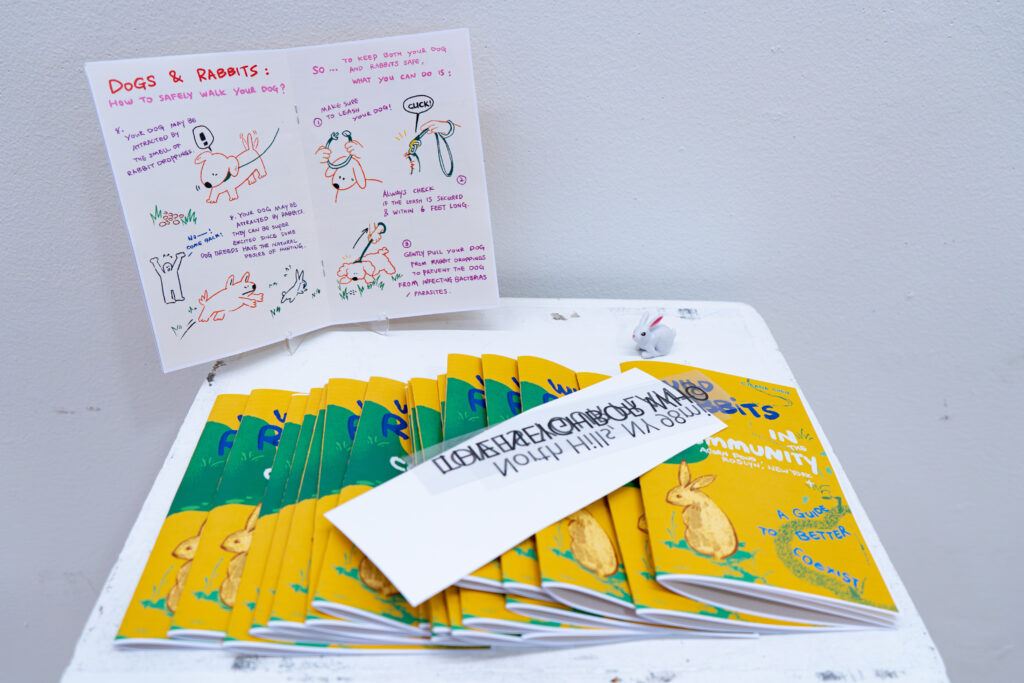
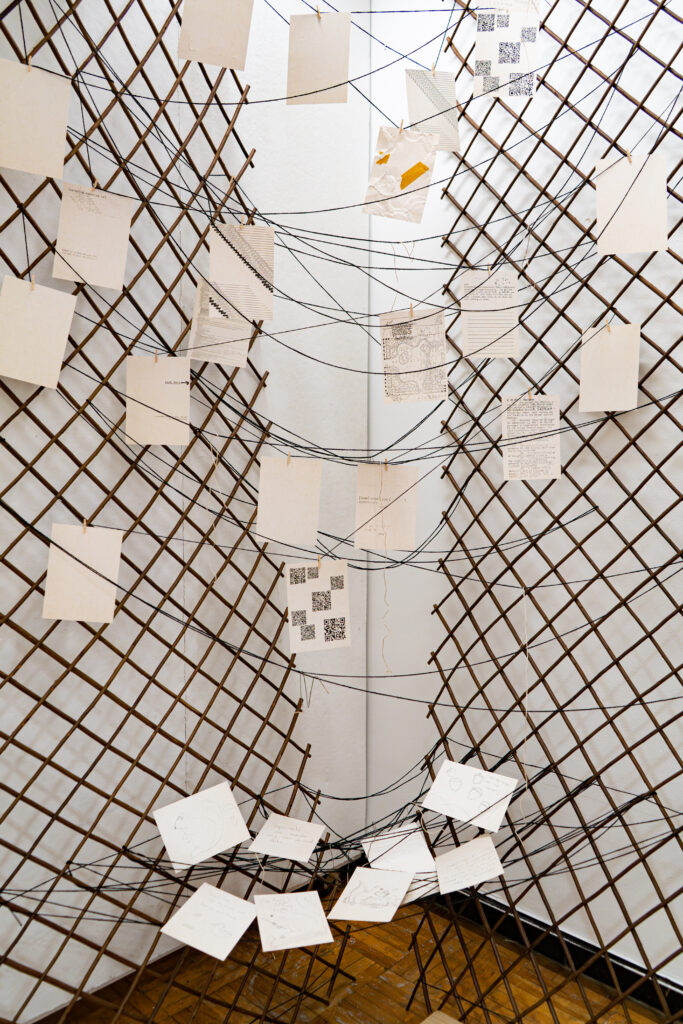
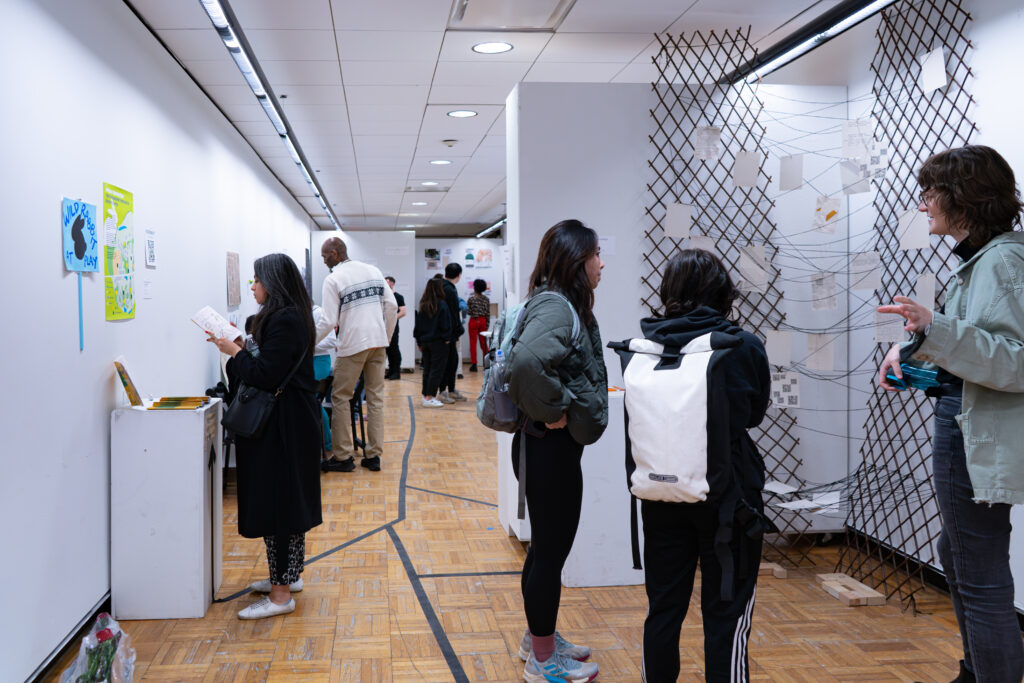
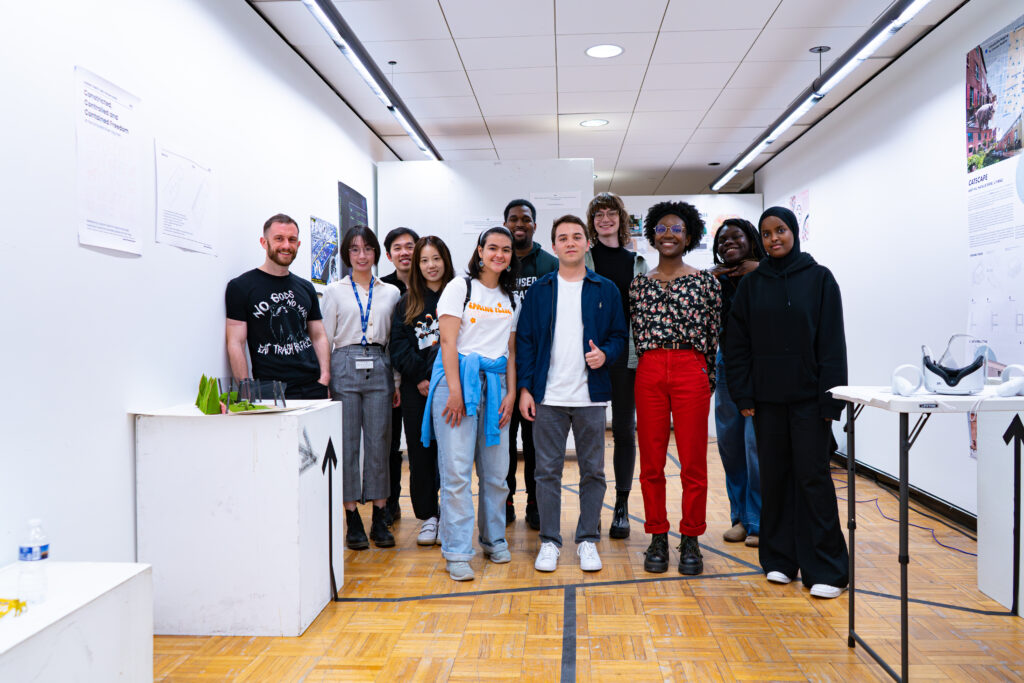
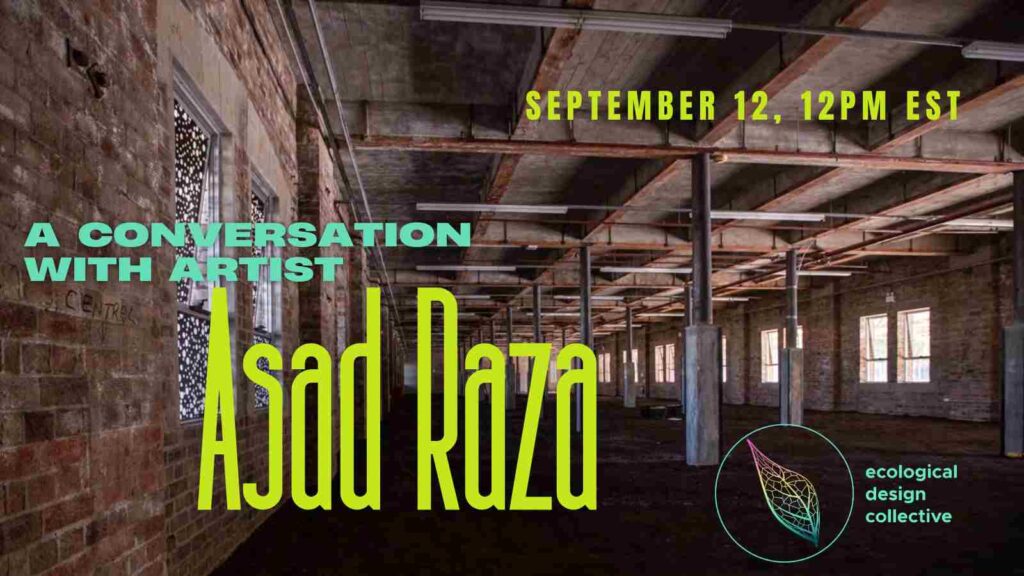
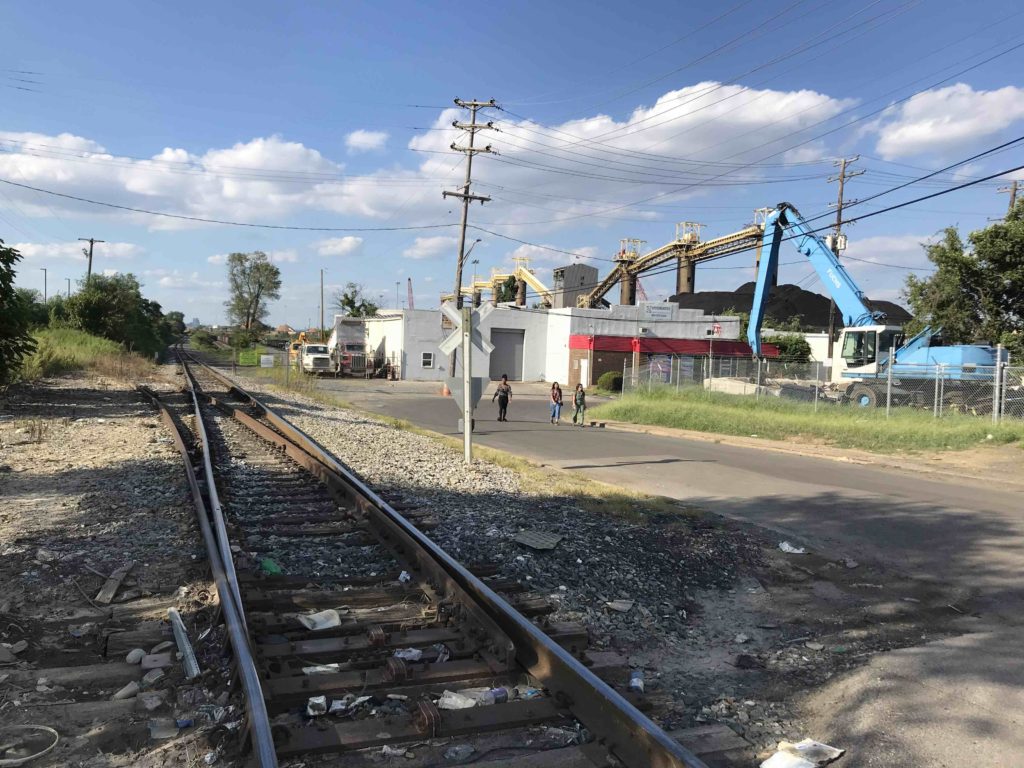
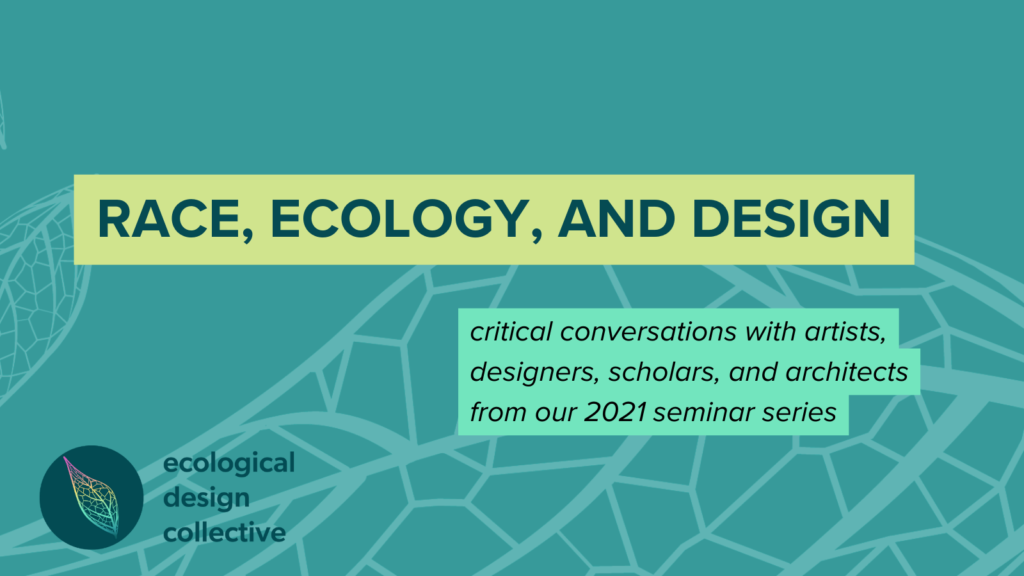
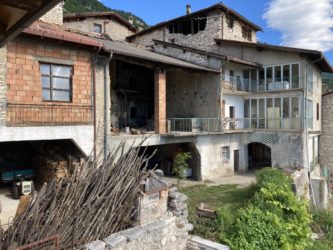

Looks like an amazing class @rfadok thank you for sharing this! I love the idea of design justice in a more-than-human register. I find myself thinking about this a lot where we live in Baltimore, seeing the small ways that other creatures can sometimes find homes for themselves, like the pair of doves that have come back to nest and raise chicks for several years now on top of the control box for our rooftop solar panels. Developing such refuges more intentionally seems quite apt and necessary.
Joyce Hwang (University of Buffalo) has been doing through her practice Ants on the Studio (https://www.antsoftheprairie.com) for over a decade now. Check it out!
Looks amazing, and I had not heard, thank you!